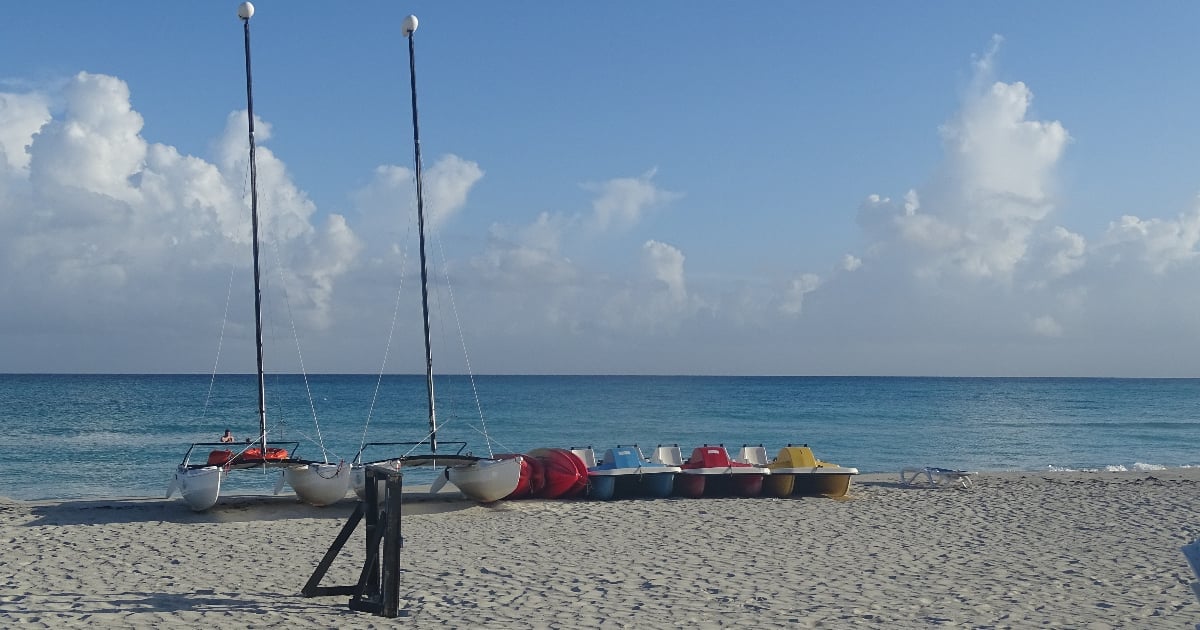José Luis Perelló, a notable researcher in Cuban tourism, has highlighted the dire state of the sector, which the regime hails as the "driving force of the Cuban economy." He describes the current situation as a "lost decade." In an interview with EFE, Perelló stated that Cuba will not see a return to pre-pandemic international visitor levels until 2030.
Perelló explained that historical data spanning 40-50 years shows that the highest annual growth rate was 10.65% during the thaw under U.S. President Barack Obama. Given the current figures, this growth suggests that visitor numbers could reach approximately 4.5 million by 2030.
The tourism sector's crisis was exacerbated by the pandemic, but Perelló noted that it was already deteriorating by 2018-2019. Before the onset of COVID-19, the island recorded its highest tourist numbers with 4.7 million visitors, but this figure dwindled to 2.2 million by 2024, marking the worst performance in 17 years.
Perelló recalled that Cuba experienced its peak revenue during the "thaw" with the United States, under Obama's administration. However, he criticized the heavy reliance on American tourists, as subsequent sanctions from the Trump administration led to a sharp decline in the sector. "That was a significant issue, a major mistake. Although predicting the future is never certain," he remarked to EFE.
Investment Missteps Amid Economic Crisis
During those years, the government committed to constructing luxury hotels, a move criticized by experts as wasteful amid an economic and supply crisis, with hotel occupancy rates hovering around just 30%.
Perelló criticized the absence of a comprehensive tourism development plan in Cuba, pointing out that the focus remains on a "hotel investment plan" centered on real estate. To emerge from the crisis and revive visitor numbers, he suggests the regime should embrace a "multi-destination spirit" rather than relying on origin markets without sufficient air connections to Havana.
He further noted, "I don’t believe they are aiming for a multi-destination approach; they are sticking to the outdated model of attracting tourists from originating markets, which is challenging." In January, tourism saw a 25% drop in international arrivals compared to the same month the previous year, marking the third-worst January since 2003, surpassed only by 2021 and 2022 when the pandemic severely impacted the sector.
The downturn is largely due to a significant decline in Canadian tourists, who have traditionally been the largest group of foreign visitors to the island. Arrivals from the United States and the Cuban diaspora also fell, though to a lesser extent.
Out of the top ten sources of travelers to Cuba, Germany was the only market showing slight growth, with 6,389 visitors in January. However, this number remains small compared to the influx from Canada or the Cuban community abroad.
This decline in tourism is having a tangible impact on key tourist areas, affecting not only hotel infrastructure but also private businesses and employment within the sector.
Understanding Cuba's Tourism Challenges
Why is Cuba's tourism industry struggling to recover?
Cuba's tourism industry is struggling due to a combination of factors, including the impact of the COVID-19 pandemic, reliance on American tourists and subsequent U.S. sanctions, and the lack of a comprehensive development plan focusing on multi-destination tourism.
What was the peak of Cuba's tourism numbers?
Cuba reached its peak in tourism numbers before the pandemic, with 4.7 million visitors. This number significantly declined to 2.2 million in 2024, marking a major downturn in the sector.
How have international sanctions affected Cuba's tourism?
International sanctions, particularly from the U.S. during the Trump administration, have severely impacted Cuba's tourism by reducing the number of American visitors, which the industry heavily relied upon.
